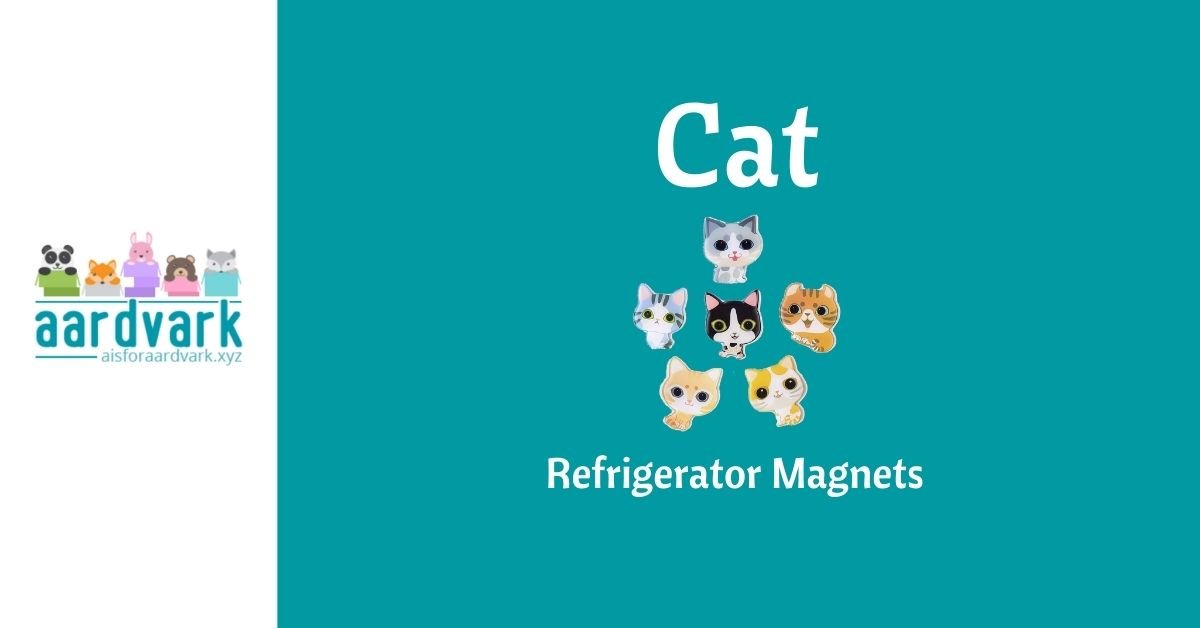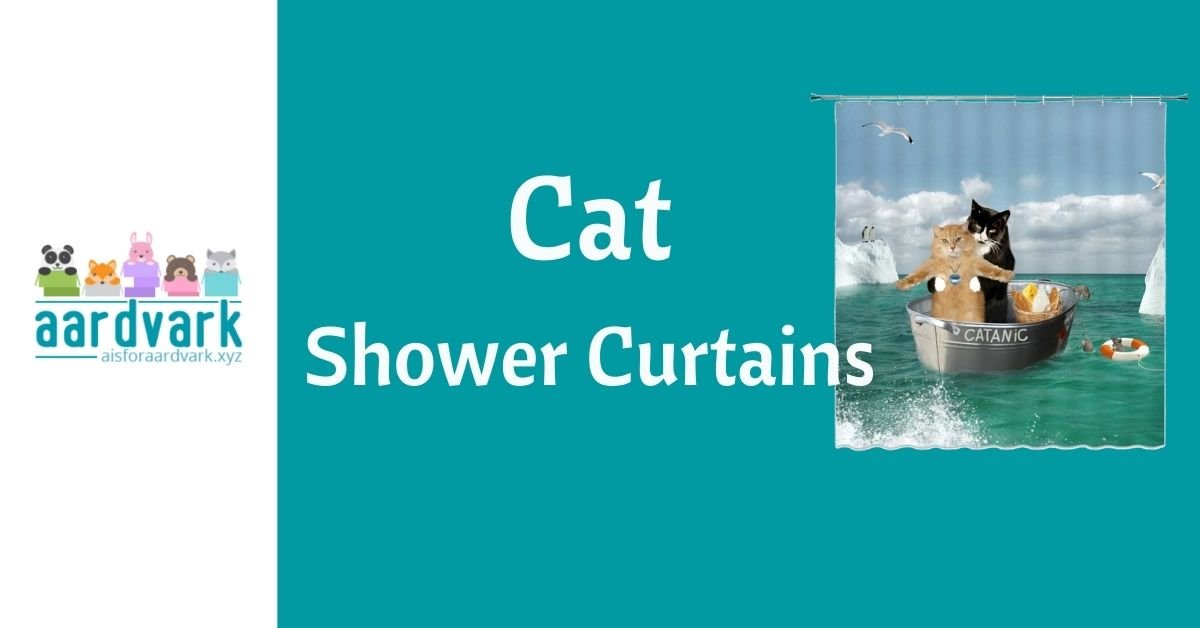Cats have been fascinating and captivating people for thousands of years, whether they’re wild or living in our homes. They’re known for their agility, stunning looks, and independent personalities, making them truly special creatures.
In this article, we’ll explore the world of cats, from how they look to what they eat, how they mate, their social habits, some cool facts, and why they’re so important in our culture.
Appearance and Size
Cats come in various shapes and sizes, but most domestic cats weigh between 5 to 20 pounds and are about 18 inches long, not counting their tail. They’re built to be agile and stealthy, with sharp retractable claws and super sharp senses for hunting.
Their eyes come in different colors like green, blue, and yellow, and sometimes even one eye is a different color from the other. Cats’ pointy ears can move independently to catch sounds, which helps them hear well.
Color
Cats have all kinds of fur colors, patterns, and markings. You’ve probably seen black, white, gray, brown, and orange cats, with different patterns like stripes or splotches.
Diet
Cats are meat-lovers, and they need a diet that’s mostly made up of animal-based proteins. They thrive on meat from prey they catch or cat food made just for them.
Cats don’t always drink a lot of water, so it’s important to give them fresh water to keep them healthy.
Mating Habits
Cats have interesting ways of finding mates. Female cats, or queens, go through “heat”, or times when they’re ready to mate, and this can happen at different times and last for different lengths. Mating involves a bit of a courtship dance, with lots of talking and even some loud, weird noises.
Male cats might compete to win a female’s attention. When successful, the queen gives birth to kittens, and she usually takes care of them on her own because cats are pretty solitary creatures.
Social Habits
Cats are known for being independent, but they can also be social. Even if they live in houses, they often like having their own space.
They can form strong bonds with other cats or even with people, showing affection through things like grooming, kneading, and purring. In some places, you’ll find groups of feral cats living together.
Cool Facts
Cats have sensitive whiskers on their faces that help them navigate in the dark. They also purr for different reasons, not just when they’re happy.
Cats are expert nappers and can spend most of their time snoozing. And even if they’re well-fed, they still like to pretend to hunt, chasing toys or pouncing on imaginary prey.
Cultural Importance
Cats have been important in many cultures. In ancient Egypt, people thought cats were sacred and brought good luck. They even had a goddess named Bastet who had a cat’s head!
In some places, black cats are seen as symbols of good or bad luck, and in medieval Europe, people had all sorts of superstitions about them. And yes, you read correctly: in some places, black cats are considered good luck! In Scotland, for instance, coming across a black cat you’re not familiar with is a sign that something good will happen. In Japan, black cats are believed to help single women find potential suitors.
Pop Culture
Cats have made a big impact in our entertainment world. From T.S. Eliot’s book that inspired the musical “Cats” to famous cat characters like Puss in Boots from “Shrek” and the Cheshire Cat from “Alice in Wonderland,” they’re everywhere in movies and stories.
On the internet, cats are superstars with tons of funny videos and memes. And don’t forget famous cat characters in comics and cartoons like Garfield, Felix the Cat, and Hello Kitty.
Cats are irresistible with their charming looks, independent personalities, and mysterious ways. Whether they’re prowling in the wild, snuggling on our laps, or going viral on the internet, cats have left their mark on our hearts and culture. They remind us of the timeless bond between humans and animals, a bond that’s been there for centuries.







